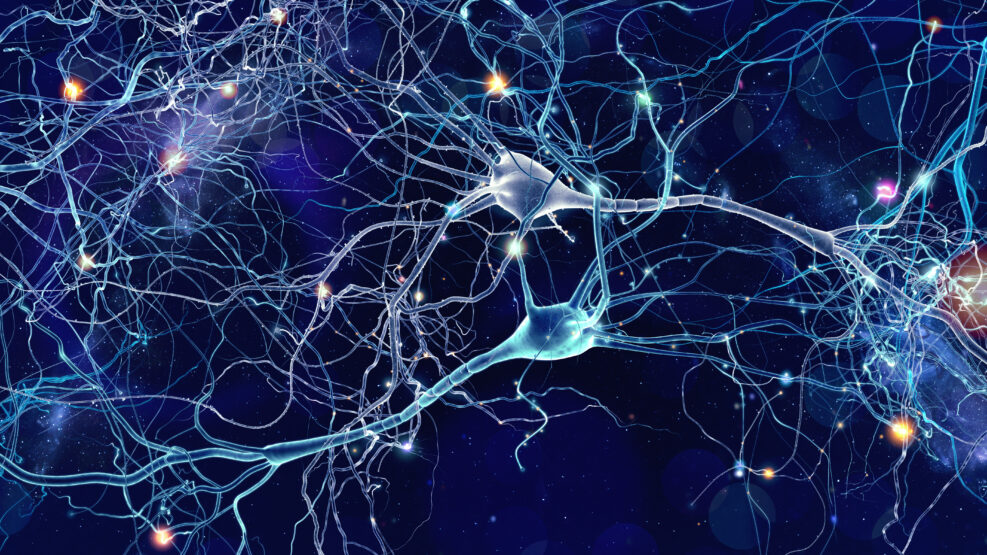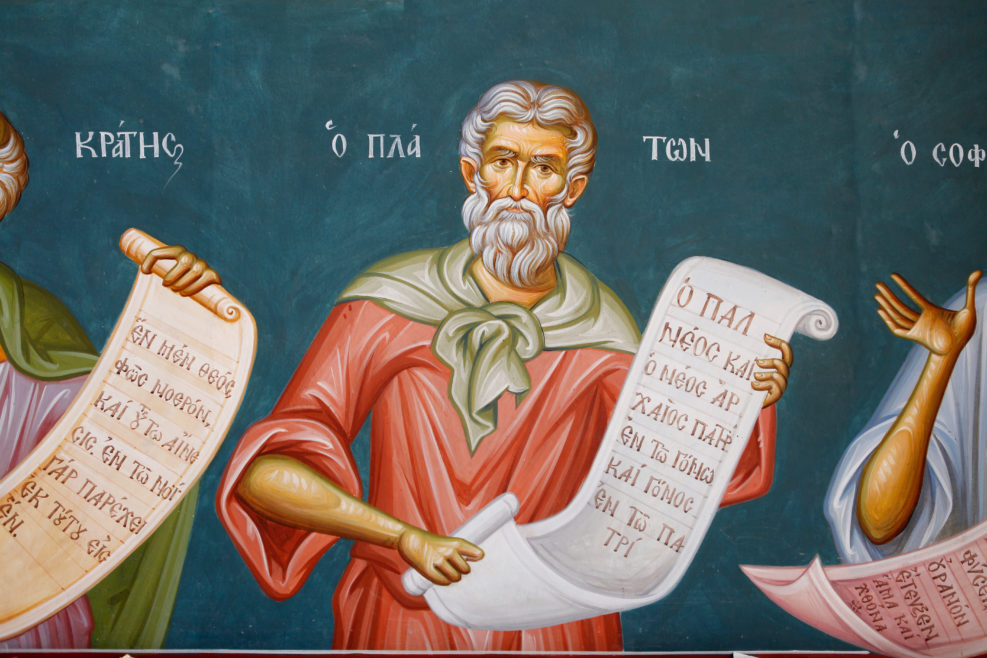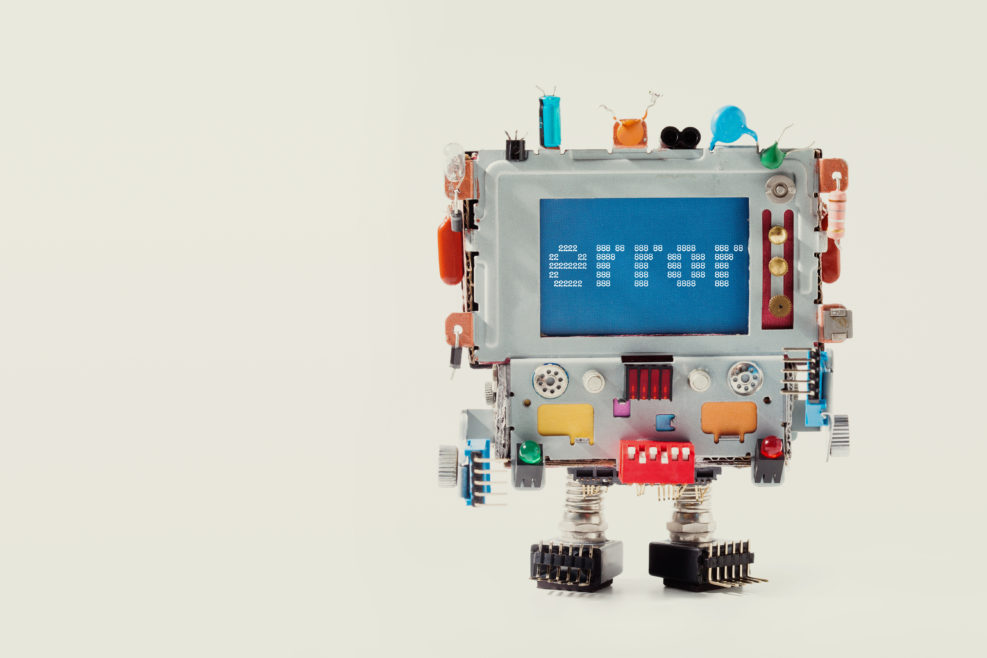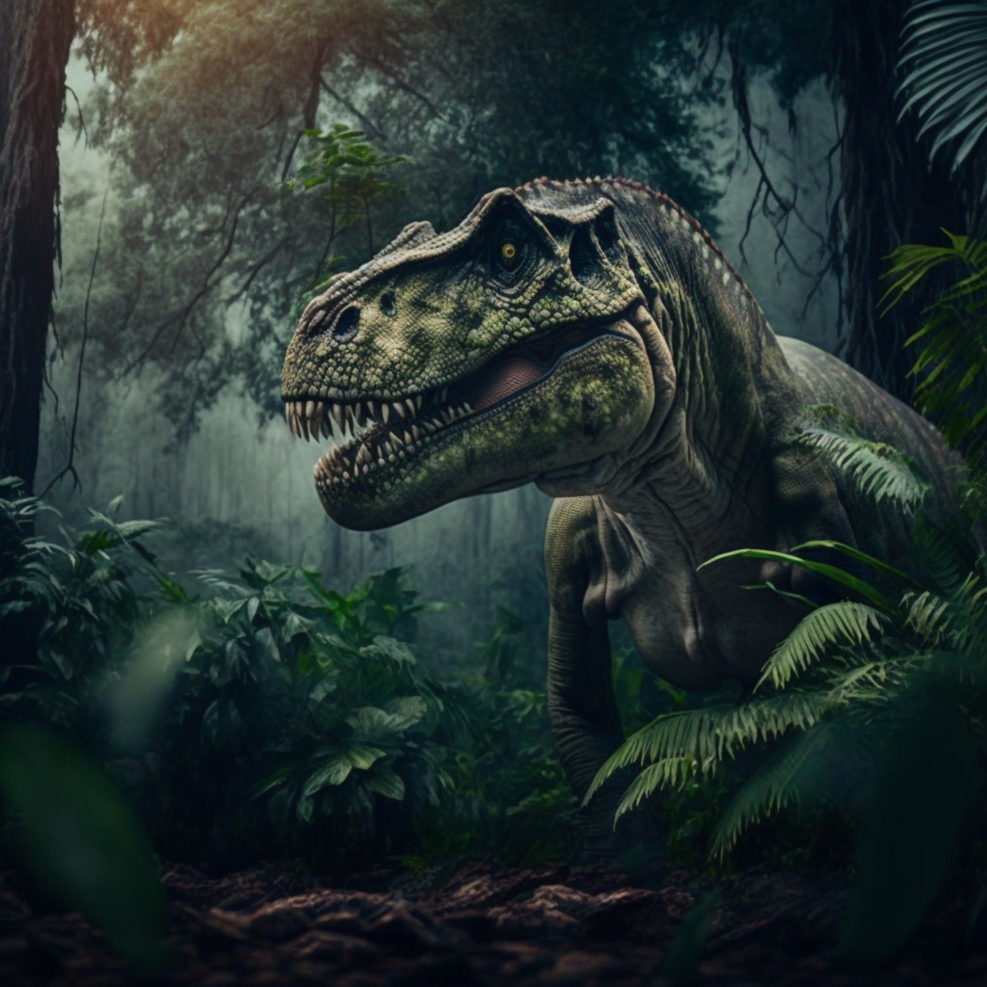
The Search for Extraterrestrial Life 19
One current focus for exoplanet research is on the way life is known to alters its environment in order to remain in existence — the Gaian Habitable ZoneIn our universe: “Billions of celestial objects revealed in gargantuan survey of the Milky Way”: “The new dataset contains a staggering 3.32 billion celestial objects—arguably the largest such catalog so far”: “Most of the stars and dust in the Milky Way are located in its disk—the bright band stretching across this image—in which the spiral arms lie. While this profusion of stars and dust makes for beautiful images, it also makes the Galactic plane challenging to observe. The dark tendrils of dust seen threading through this image absorb starlight and blot out fainter stars entirely, and the light from diffuse nebulae interferes with any attempts to measure the brightness of individual objects. Another challenge arises from the sheer number of Read More ›


















